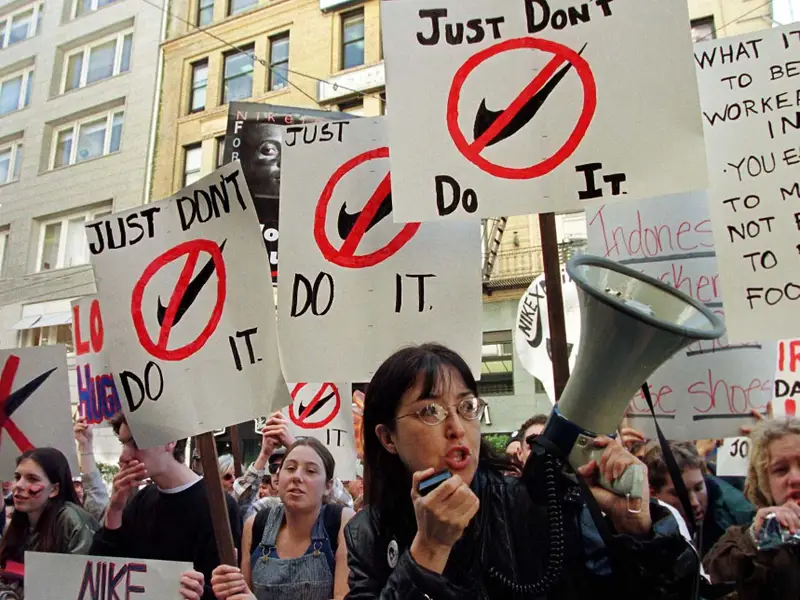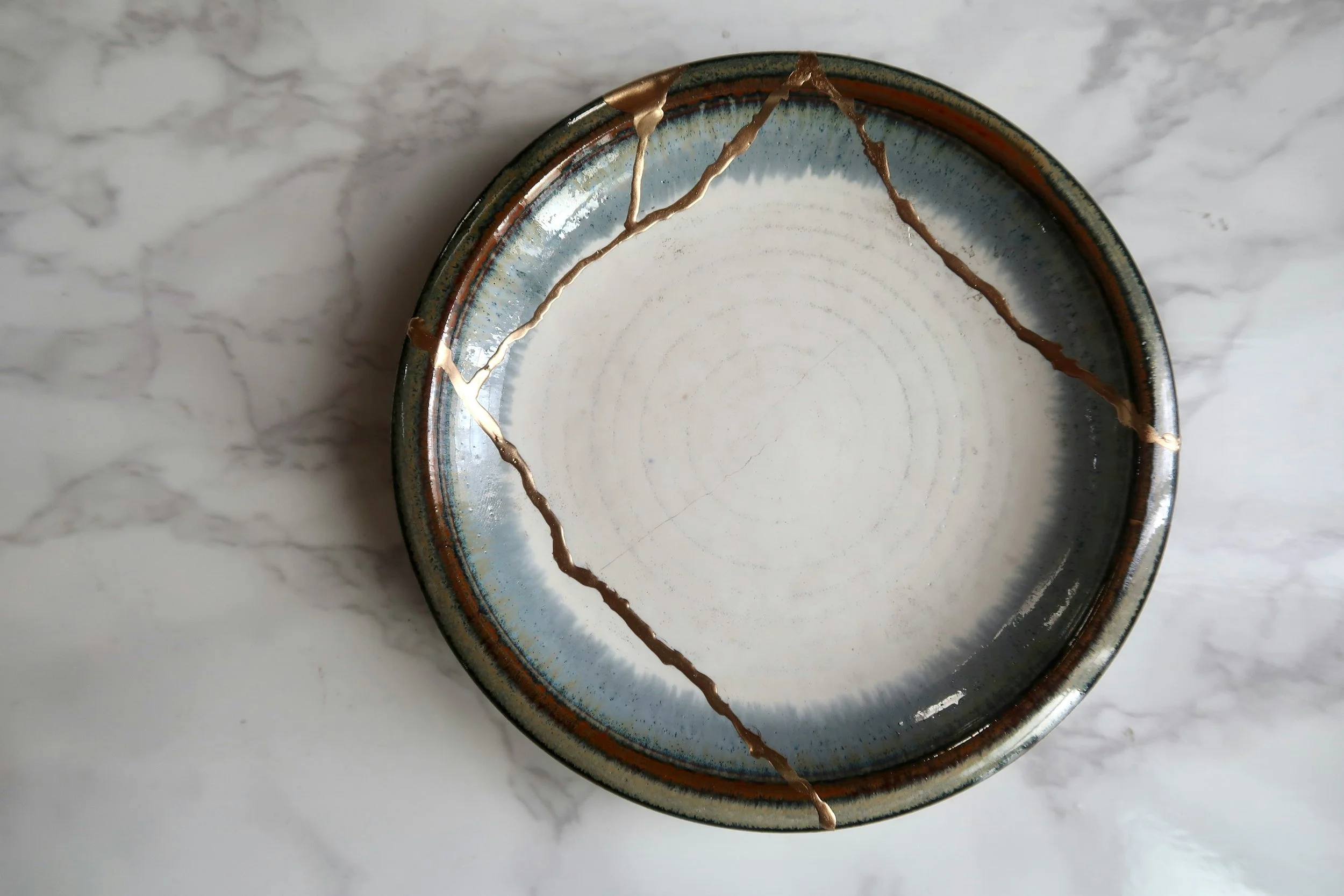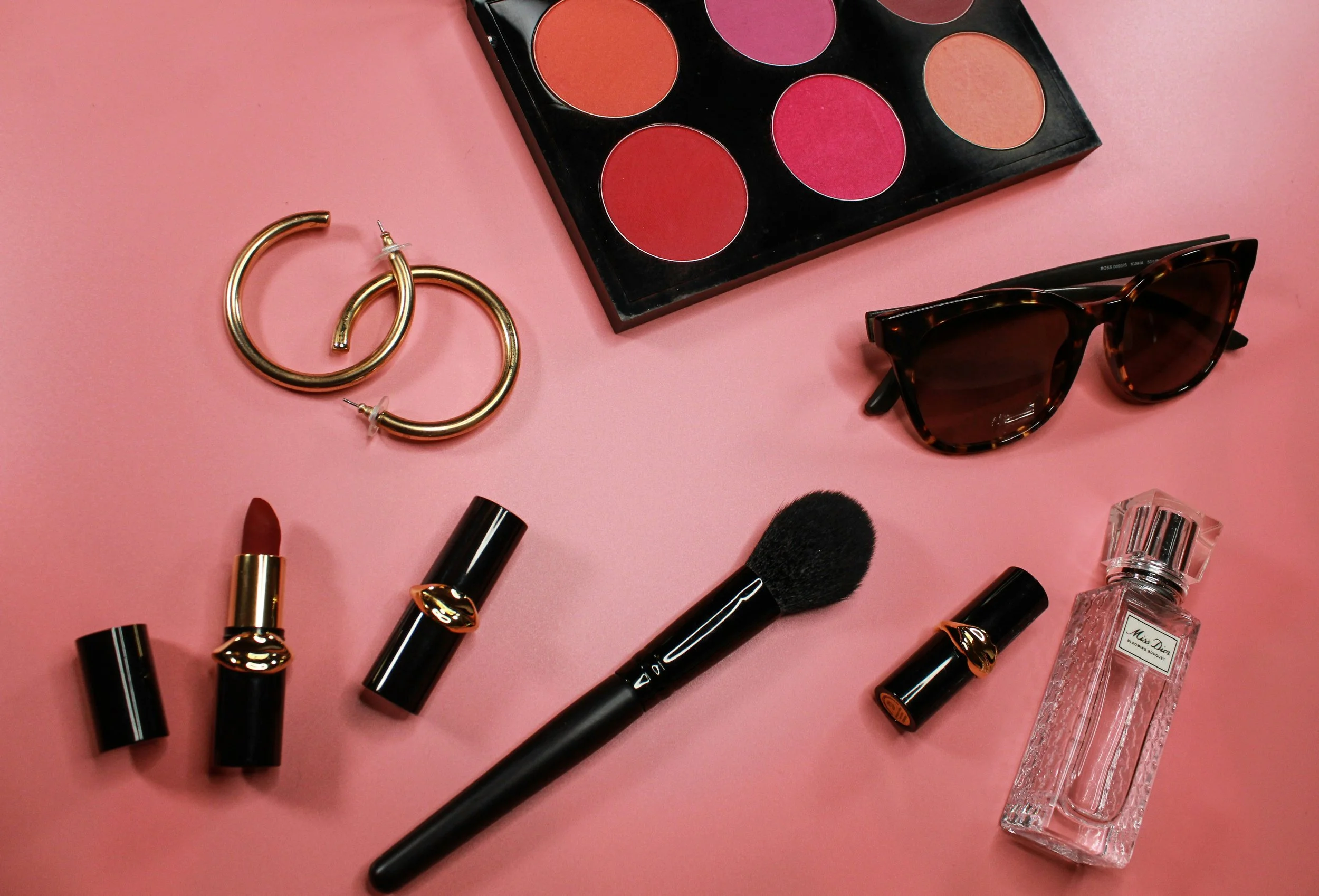How I Went from Chronic Over-Spender to Obsessive Saver & Investor
September 29, 2021
The Wealth Planner
The only personal finance tool on the market that’s designed to transform your plan into a path to financial independence.
Get The Planner
Subscribe Now
Biggest Finance Newsletter for Women
More than 10 million downloads and new episodes every Wednesday.
The Money with Katie Show
Recommended Posts
Sometime when I tell people that I used to spend money like my Discover card was wired to Kris Jenner’s checking account, they don’t believe me.
As I’ve written before, I consider myself a reformed materialist because one of my biggest expense areas every month fell squarely in the “shopping” category.
I had always been a spender growing up, which is why my (seemingly) sudden shift to obsessive saver really surprised my parents, who were accustomed to the daughter who would get $20 for chores at lunchtime and have spent it by dinner.
It wasn’t a Buddhist retreat or crushing bankruptcy that convinced me there was a better way: It was a compound interest calculator.
The mindset shift
Before I knew about investing, I didn’t understand people who were “natural savers.”
To me, you were either going to spend and enjoy the money now or spend and enjoy the money later. Who cares, right? Why should I deny myself pleasure in the moment just to have a shot at a little pleasure later?
In my 6th grade mind, it was “get a $20 sale Abercrombie polo today,” or “get a $20 sale Abercrombie polo in a few months from now.” The outcomes felt the same, except one required waiting.
What 12-year-old is going to voluntarily choose delayed gratification? Not this one, Karen! Give me that daintily embroidered moose!
People who prioritized delayed gratification reminded me of the same people who were always perfectly dressed for church – a needless display of self-discipline. Who are you trying to impress? Just buy the polo!
Where my 6th grade self had it wrong
Unfortunately, that same attitude more or less permeated my psyche until I was in my mid-twenties.
But the premise is flawed:
It’s not “buy the $20 moose polo now’“ or “buy the $20 moose polo later.”
It’s “buy the $20 moose polo now” or “buy the $100 moose polo later.”
This is, of course, a reference to the power of investing and compounding returns.
Because sure, if you were to just wait (with the money sitting in savings or checking), you’re facing the dilemma that I, as a 12-year-old, couldn’t fathom. Why wait just to make the same decision later, right?
But the compound interest chart changed that for me – suddenly, I saw the value of a dollar that wasn’t spent.
I saw the potential energy of that dollar if it were invested. Knowing that I could 2.5x my money in 10 years by doing nothing except investing it and waiting (assumes average 10% return, before inflation) changed the entire equation for me.
Understanding the power of critical mass
That compound interest come-to-Jesus moment only intensified when I realized you could actually reach a sum of money invested that would produce more money than your job.
That was the final nail in the Spendy McSpenderson coffin.
Not only could my money go a lot further in the future, but there was a definitive amount that I could calculate today that marked my eventual freedom from traditional work. Are you kidding me? I was ready to make a blood oath to Vanguard.
Whenever I talk to other people who struggle with spending (or people whose partners struggle with spending, much to their dismay), I always bring it back to these fundamental truths:
In my experience, once someone truly grasps their money’s potential when it’s not immediately spent, things change.
Want to make it feel even more compelling? Think about how different your life would feel if you had so much money invested that work became optional.
Envisioning the end-game (and actually imagining it regularly) made the priority shift relatively easy and painless. It didn’t happen over night, but majority of the spending temptation dissipated in the wake of these magic realizations.
For more on this topic, check out Why Everyone Should Pursue Financial Independence, Even If You Don’t Intend to Retire Early.
You may also like these posts:
Featured
Looking for something?
Search all how-to, essays, and podcast episodes.
Explore
While I love diving into investing- and tax law-related data, I am not a financial professional. This is not financial advice, investing advice, or tax advice. The information on this website is for informational and recreational purposes only. Investment products discussed (ETFs, index funds, etc.) are for illustrative purposes only. It is not a recommendation to buy, sell, or otherwise transact in any of the products mentioned. Do your own due diligence. Past performance does not guarantee future returns.
Money with Katie, LLC.
Terms & Conditions | Privacy Policy
This Site Was Built by Brand Good Time




